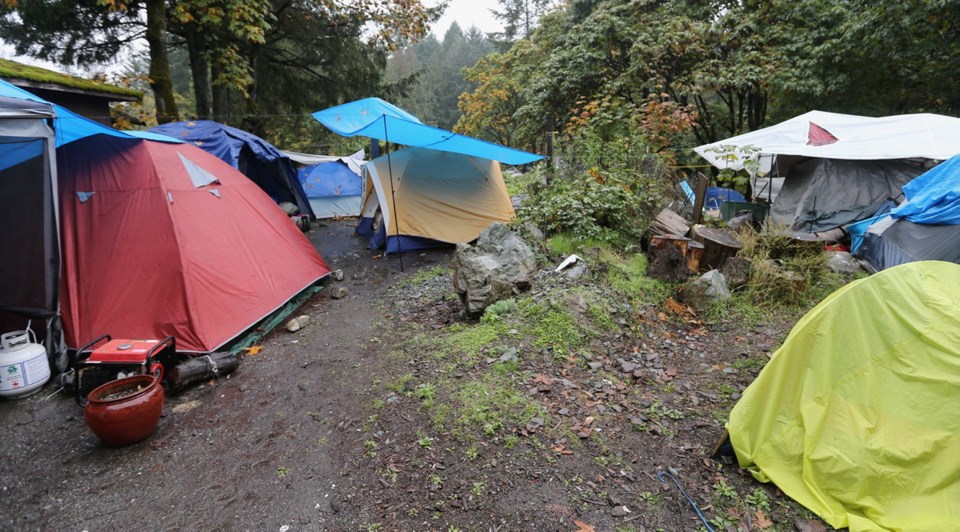Are we becoming “Third World”? No, but we are showing some similar housing characteristics. Over the past 10 or so years, large encampments of squatting, homeless people have sprung up in all our major cities, including Victoria.
And we are looking at and treating these settlements in ways that initially characterized the views of Third World communities, as collections of ne’er-do-wells and misfits, which they are not. We are reacting to them similarly in attempting to destroy them and hoping they will somehow go away or move on and become someone else’s problem — but they will not.
Can we learn from how developing countries have dealt with informal housing and homelessness? Perhaps.
Beginning with a special publication on the world’s burgeoning cities, Scientific American published a series of articles designed to provide new insights into the rapid growth of low-income, informal settlements.
Perhaps the first lesson is that these settlements are not collections of criminals, misfits, drug addicts and the mental-health challenged. Rather, they are most often dominated by healthy, low-income individuals seeking to establish their lives in a new place. To be sure, problem individuals attach themselves to these encampments, but they are not the norm.
A second, parallel lesson learned is that many of those people temporarily choosing an encampment to live in are actually economically upwardly mobile, seeking a low-cost form of housing in order to get established. Often, they are already employed and saving money to build their lives.
The third lesson is that these settlements are not chaotic collections of individuals, each pulling in a different direction. To the contrary, they share many common interests in shelter, economic improvement and access to services. As a result, they become communities of common interests, out of which emerge leadership, organization and modes of behaviour that are fundamental to people living closely together and attempting to build an acceptable, livable environment.
True, this organization is often visible to the outside world in the form of protests and other actions to preserve their settlements, but equally, internally, it is simply groups of people providing assistance to each other, collaborating in, say, garbage collection, building and maintaining pathways, or managing sanitary facilities. This kind of informal organization is potentially the entry point of collective collaboration with authorities to improve and keep the community safe, to help those really in need of psychological and social assistance, to organize improvements and settle disputes and to prevent the establishment of gangs and criminal organizations — especially to help control the distribution of harmful drugs.
Finally, it is clear that the situation of the “homeless” who build and maintain these informal settlements is not solvable by government agencies at any level. They simply cannot afford either the financial or personnel resources to provide all the necessary services to house and support low-income homeless. Moreover, every time they destroy one of these communities, they destroy significant collective investments of the poor in their own well-being.
The right strategy is to determine how the investments of both the public and community sectors can be captured in such a way that they foster and build on each other, to the benefit of the cities that must accommodate them.
We might make the social, economic and community cases for treating informal encampments differently, but the political case is more difficult. It takes fortitude not to use policy and to relax local regulations designed to disenfranchise and destroy informal settlements, in effect, to render their inhabitants outlaws.
Thus far, overcoming the prejudices and recognizing the true potential of these informal communities to evolve into productive neighbourhoods within our cities has not proven easy or even possible, at least, not in our world. The Third World has proven more, though not consistently more, able in this regard.
For decades, land tenure and social and infrastructure upgrading programs have been a part of the policy tool kits of the United Nations HABITAT agency, World Bank and many national and international agencies. These programs are well worth considering as we look at our own problems of dealing fairly and constructively with our growing “homeless” settlements.
Stan Benjamin is a retired architect/planner who spent almost 40 years teaching, living and working on foreign-aid projects in Africa, Asia, Latin America and the Middle East. Many of these activities dealt with policies and programs aimed at the provision of shelter and services for urban low-income slum and squatter settlements.



